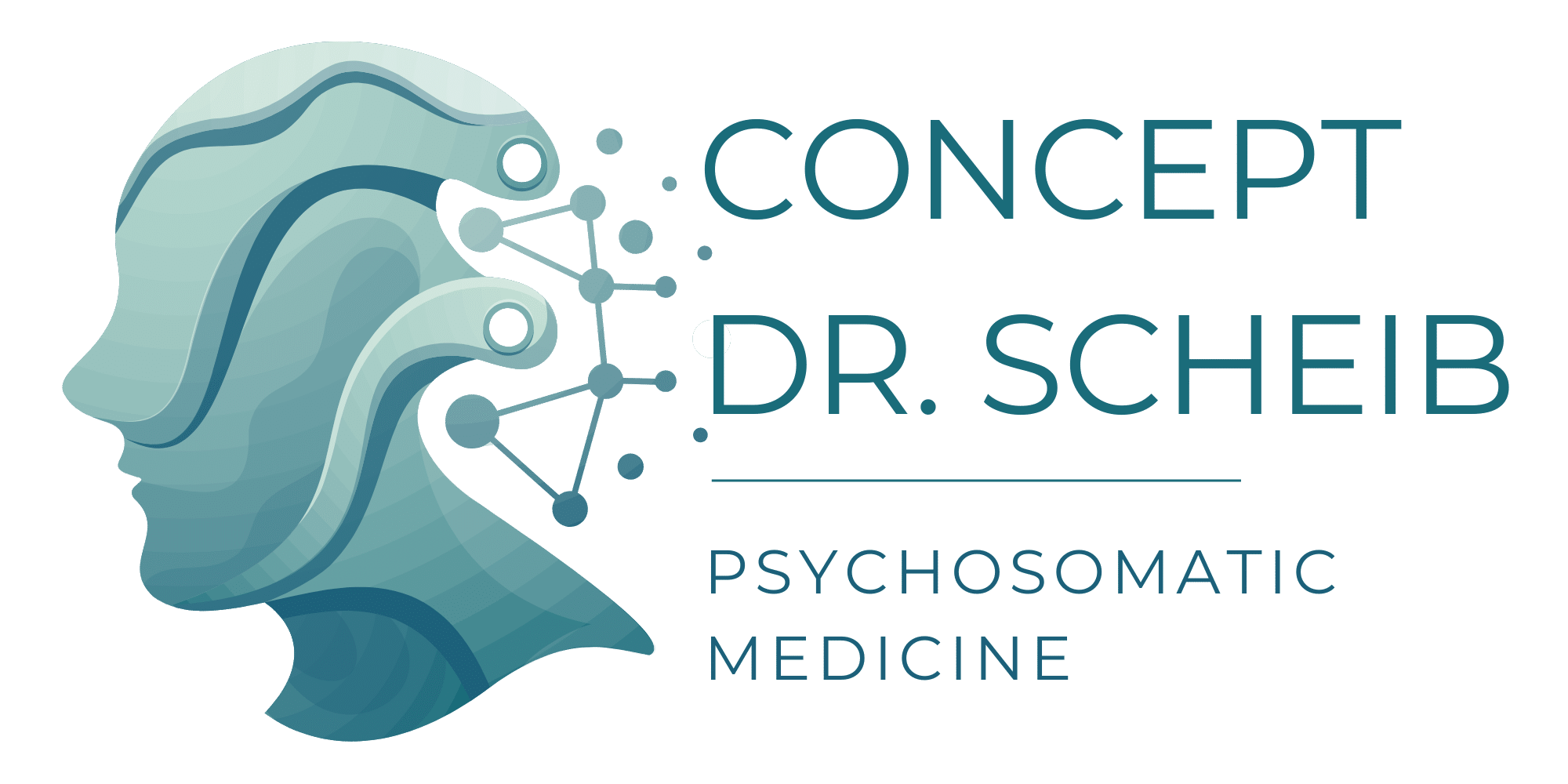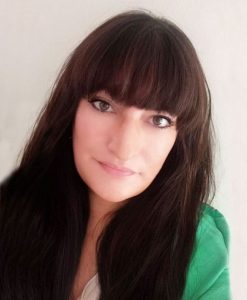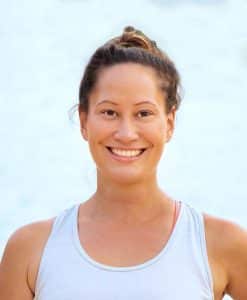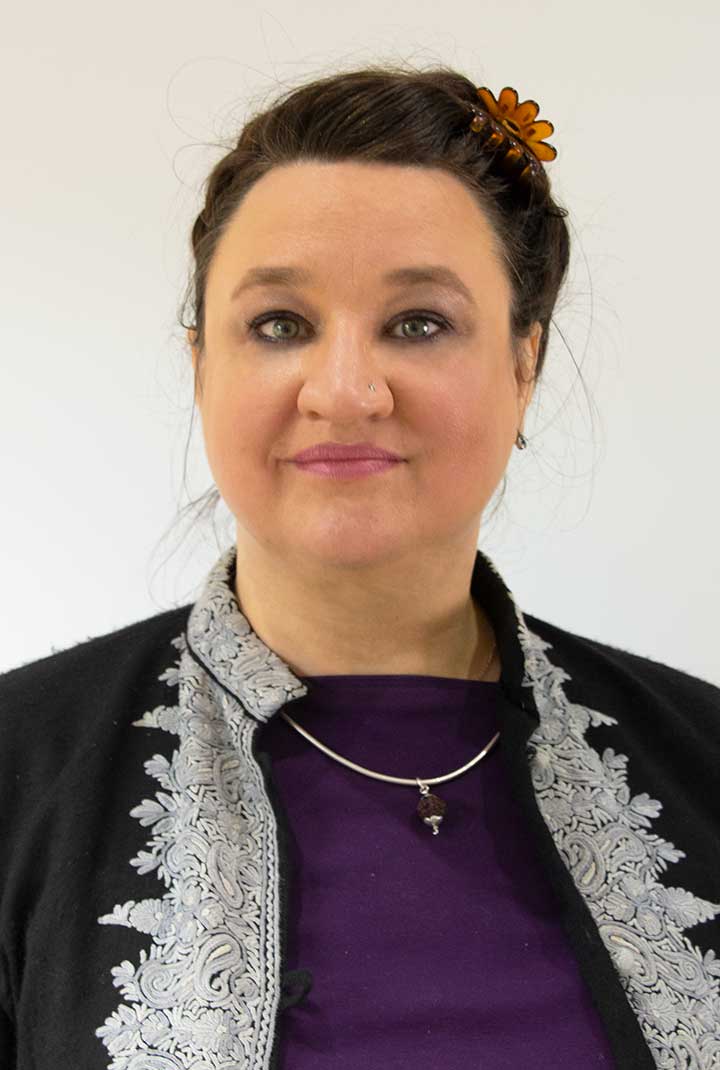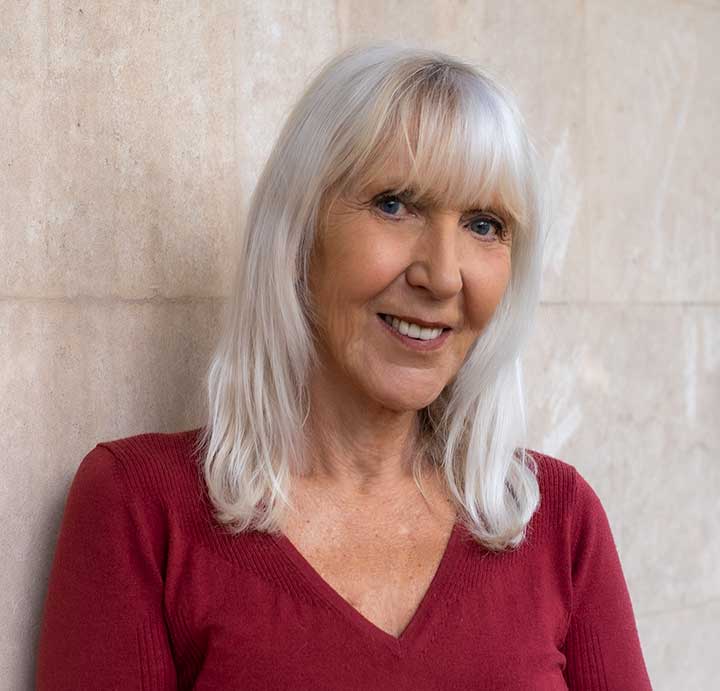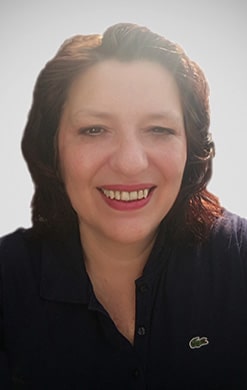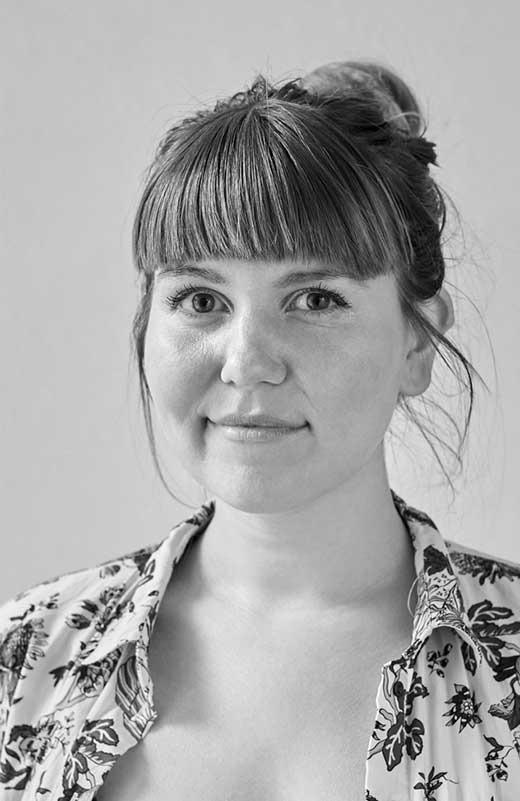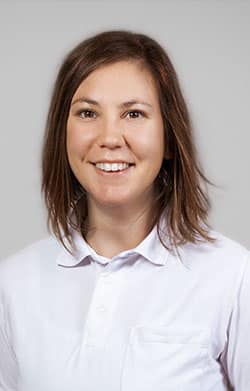Neurological disorders
What are neurological disorders?
Neurological disorders are disorders or diseases of the brain, spinal cord and nerves.
Neurological disorders caused by the disruption of part or all of the nervous system have very different symptoms, depending on which part of the body the affected area of the nervous system controls. For example, they range in symptoms from mild to very severe pain. Sensory sensations may be impaired (touch, vision, taste, hearing and smell). Muscle weakness and coordination problems are also common symptoms of neurological disorders.
A neurological disorder can also lead to sleep disturbances.
We treat affected patients mainly with repetitive transcranial magnetic stimulation (rTMS), which often causes significant improvement of symptoms in neurological disorders.
List of neurological diseases and treatment methods
Post-stroke Paralysis
If parts of the brain are damaged following a stroke, this can result in paralysis or restricted movement. Other parts of the brain must now take over the tasks from the damaged part. To do this, the patient needs to do a lot of exercises and will be supported by physiotherapy and occupational therapy. Nevertheless, many people struggle and do not manage to fully compensate for the restrictions that have arisen from the stroke.
Transcranial magnetic stimulation (TMS) can activate damaged areas in the brain and inhibit activity in overcompensating areas. This can induce a state that makes it easier to form new networks, to better implement the important exercises.
TMS is used in the post-acute or chronic stages. Stimulation, in combination with motor training of the upper or lower extremities, proved to be particularly effective.
Evidence: Level A (clearly effective) – for post-acute use
Parkinson’s disease
In Parkinson’s disease, the degeneration of nerve cells in the extrapyramidal motor system leads to an increasing tremor at rest, associated with movement disorders and muscle rigidity. This is often accompanied by sleep disturbances, mood swings and depression. The cause is the death of dopamine-producing cells in the midbrain. About 1% of all people over 60 suffer from this disorder.
In addition to drug treatment, which cannot always sufficiently reduce all symptoms, significant improvements can often be achieved through repetitive transcranial magnetic stimulation (rTMS). Both movement disorders and mood can be influenced.
Evidence: Level B (probably effective)
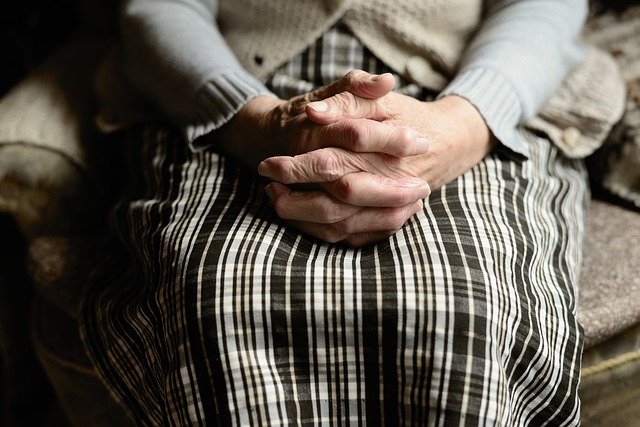
Foto: Congerdesign
Neuropathic pain
Neuropathic pain occurs after nerve injury. The pain causes changes in the central nervous system, which then result in pain persisting long after its cause has been removed. Medication does not adequately relieve pain in many patients. Prolonged pain with unsuccessful treatment attempts can lead to depression and/or anxiety disorders, which in turn worsen the pain.
Repetitive transcranial magnetic stimulation can reduce both pain and associated symptoms such as fatigue. This makes it easier for patients to switch to a more active lifestyle, find the pain less distressing and get back to sleeping better. Early treatment with TMS (within the first few years after the onset of pain) leads to particularly good outcomes.
Evidence: Level A (clearly effective)
For neuropathic pain, a combined treatment with additional ketamine infusions is useful.
Amyotrophic lateral sclerosis (ALS)
Amyotrophic lateral sclerosis (ALS) is a non-curable disease of the motor nervous system. Degeneration of the nerve cells responsible for movement initially leads to increased muscle tone, then to increasing muscle weakness with a significant restriction of daily life. Swallowing disorders and weakness of the respiratory muscles usually lead to complications. Life expectancy is limited.
Recent studies from the USA show that ketamine can have a favorable effect on the course of the disease. It has been shown that the concentration of D-serines, which are responsible for nerve damage, can be reduced by metabolites of ketamine.
Of course, these are only initial study results, which have not yet been verified in large studies. It is also not clear in which dosage and over which period of time ketamine has to be used. A phase 2 study is currently being started at the University of Kansas. Given the poor prognosis of ALS, however, a therapy trial seems to make sense, especially since no significant side effects are to be expected.
READ THE STUDY ABOUT KETAMINE INFUSOPNS FOR AMYOTROPHIC LATERAL SCLEROSIS HERE
Multiple sclerosis
Multiple sclerosis (MS) often leads to paralysis, functional loss and restrictions on independent living. In addition, quality of life is affected by fatigue, pain and depressed mood.
Transcranial magnetic stimulation (TMS) can reduce fatigue and pain. This can increase the patient’s confidence in effective treatment and improve their quality of life. It can also improve motor function.
After repeated stimulations, the effect can last for several months. The efficacy of TMS has been shown for both relapsing-remitting and secondary progressive MS.
Recent studies show that ketamine can reduce the concentration of toxic breakdown products in the nervous system. This would be an additional approach in autoimmune diseases of the nervous system.
Alzheimer’s dementia
Alzheimer’s dementia involves a gradual decline in memory, thinking and reasoning ability.
Several recent studies show that repetitive transcranial magnetic stimulation (rTMS), in combination with occupational therapy can improve and slow down the course of the disease in its early stages.
Here, too, further studies are necessary to give a clear treatment recommendation. However, due to the almost complete absence of side effects, a therapy attempt seems to make sense.
Essential tremor
Essential tremor is one of the most common movement disorders worldwide. Essential tremor is known to be congenital. The upper extremities are usually affected.
The hands tremble during specific movements, such as gripping a cup or glass, and writing is sometimes severely affected. The head can also be affected, leading to constant nodding movements.
This is usually treated with beta-blockers or anti-epileptic drugs. Alternatively, or additionally, treatment with low-frequency repetitive transcranial magnetic stimulation (rTMS) is also possible. Sometimes a significant reduction in tremor is noticed after a single sitting; often several stimulations are required.
There are no clear studies on the evidence. However, since the treatment is practically free of side effects, a therapy attempt should be made.
Schizophrenia
In the case of visual and auditory hallucinations in the context of schizophrenia, these can be reduced by transcranial magnetic stimulation.
The rTMS procedure has also been added to the S3 guidelines for schizophrenia since March 2020. In treatment-resistant patients who have auditory and verbal hallucinations. The German S3 guideline now gives a strong “should” recommendation in these cases, i.e. recommendation grade B.
Source: German S3 Guideline Schizophrenia: rTMS is now “official”.
https://link.springer.com/article/10.1007/s15005-020-1316-3
Make an appointment online now for a preliminary psychotherapy consultation with our therapists:
F.A.Q. Ketamine treatment
Frequently asked questions about our Ketamine treatment
For privately insured patients, treatment is usually covered – depending on the contract. For patients with statutory german health insurance, the decision is often made on a case-by-case basis. If a depression has already been treated several times without success, it is called therapy-resistant depression. In this case, the chances are good of the costs being covered or at least a contribution to the costs is approved.
We are currently the only center in Europe where ketamine therapy, rTMS and intensive psychotherapy are offered simultaneously.
Ketamine is also used in the drug scene – but in a much higher dosage and not as a continuous infusion, but as a single dose. At this dosage, the depth of the trance cannot be controlled. Continuous use of high doses can cause chronic bladder infections.
There is no potential for dependence at the dosage used to treat depression and other conditions.
Ketamine has been an approved drug since 1970. When used for the treatment of depression, compulsions, etc., it is a so-called “off label” treatment. These therapies are common and legal, but are not always covered by health insurance.
